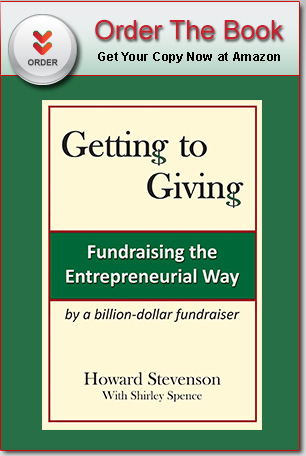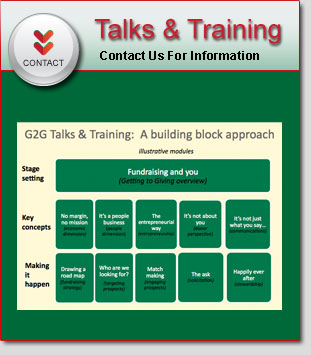The elections are over, and President Obama’s proposals to limit tax breaks are back in the spotlight.
How bad could it be, for charities? Predictions range from minor to dire, depending on how you run the numbers, and what you think motivates Americans to give.
I believe that – whether the charitable deduction stays or goes – nonprofits have an opportunity to boost donor support by taking a different approach to fundraising.
The U.S. has an outstanding tradition of philanthropy—a tradition that is rooted in our frontier history. Back in those early days, if you fell on hard times, there was no powerful king, or great church, or even an effective local government in a position to help you very much. You had to hope that individuals or groups in the community would step forward to lend you a hand.
Yes, in the intervening centuries, philanthropy has become far more professionalized. At the end of the day, though, it is still an intensely personal act. It’s voluntary, and flies in the face of a basic economic principle: nobody gives up personal resources without getting something tangible in return, right? Wrong. Lots of people do.
What I have learned in raising over $1 billion is that people give for many different reasons.
For the affluent – who are the target of the referendum – tax deductibility falls into the “nice to have” category. Let’s not forget that even full deductibility subsidizes only about 30% of the gift, and often doesn’t impact state taxes. It appears from public data that almost two-thirds of the donations made are not claimed as deductions.
What does excite significant donors is the opportunity to make a positive difference, to have an impact on causes they care about.
Donors have choices. Why your organization? Why this gift? To make a compelling case, you have to be able to convince them that the answer to these four questions is “yes”:
- Is your organization doing important work?
- Are you well managed?
- Will my gift make a difference?
- Will the experience be satisfying?
For many nonprofits, this is a new approach.
It requires listening more than talking, to understand your donors’ objectives, and determine whether there’s a match with what your organization stands for, and its philanthropic needs. Then, the challenge and opportunity is to forge a true partnership, to build a mutually satisfying relationship, and – together – make a positive change in the world.
It can be done. It is being done.



